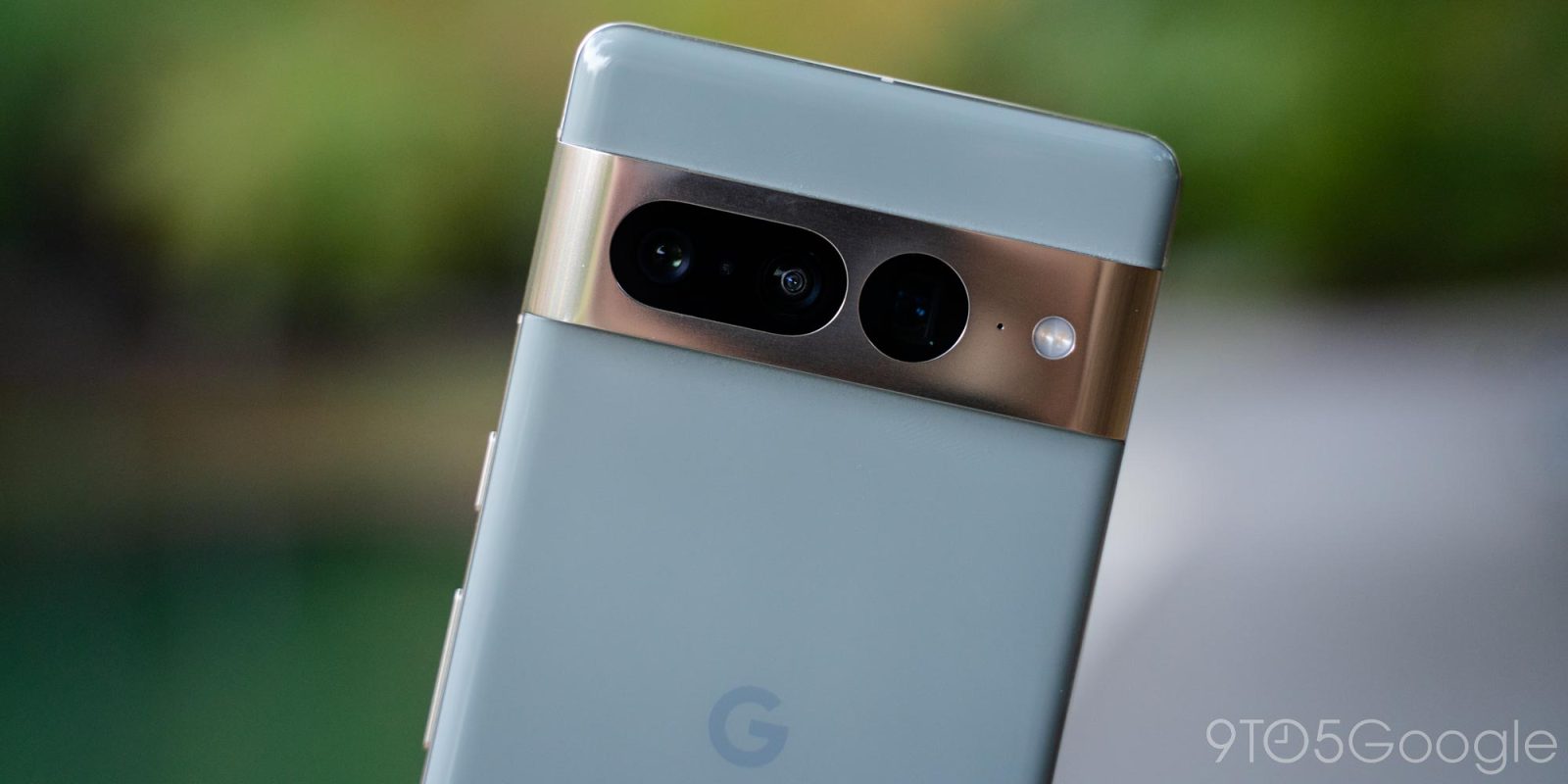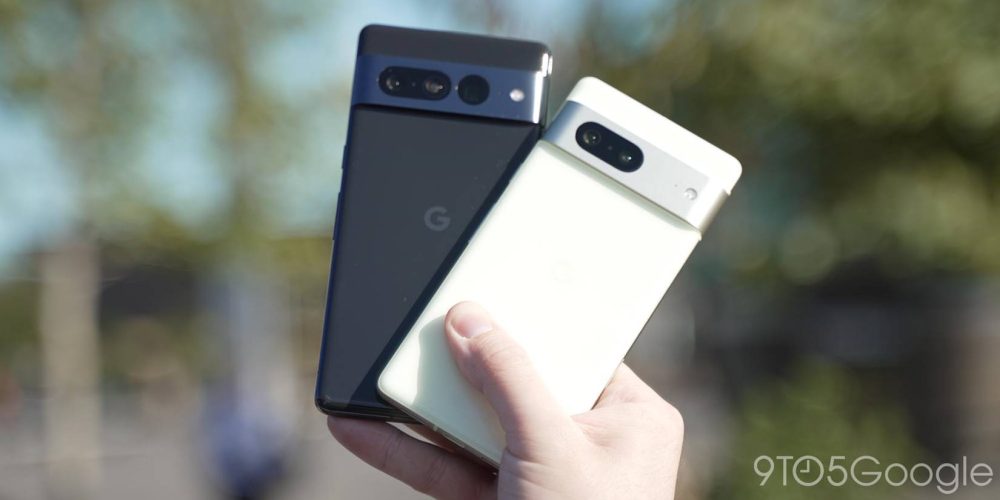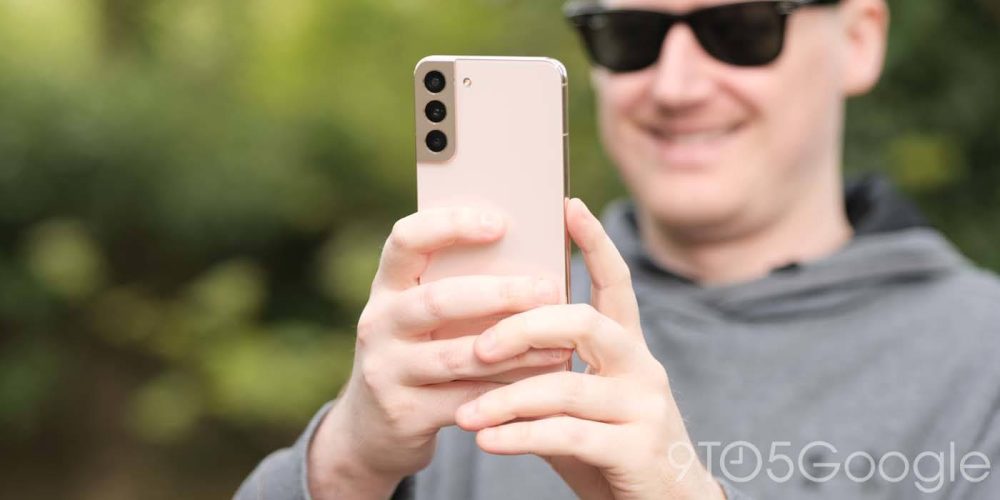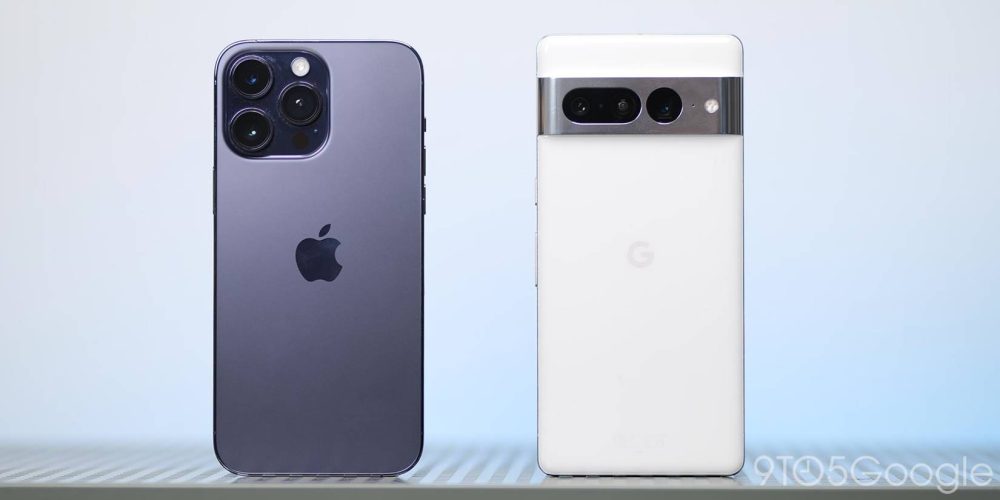
Smartphones have reached a point of stagnation, with upgrades usually being fairly minor year to year. In 2022, there wasn’t a whole lot to get excited about, but two devices really stood out. Google’s Pixel 7 and Pixel 7 Pro were, for a few reasons, the best smartphones of 2022.
Google has always struggled with its smartphone efforts. Each Pixel device to date has usually had one major flaw somewhere that hurt the experience and, frankly, usually kept that device from being considered the “best” smartphone of the year.
In 2021, Google’s Pixel 6 and Pixel 6 Pro put out a solid showing, but issues with signal strength, broken features in updates, and the continued excellence of flagship phones from Apple and Samsung kept Google from really shining. Last year, I would have considered the iPhone 13 or the Galaxy S21 series as the best smartphone of the year despite how much I did like the Pixel 6 Pro.
In 2022, though, things felt drastically different. Finally, Google seems to be figuring out how to build a flagship smartphone. And our readers agree. In a recent poll, the Pixel 7 Pro took a whopping 40% of the vote for “Best Smartphone of 2022.”

Why the Pixel 7 and Pixel 7 Pro are so great
For me, there are a few key reasons why the Pixel 7 and Pixel 7 Pro stood out this year, and that starts with their value. The Pixel 7 starts at $599, way cheaper than comparable devices from Apple and Samsung. Since its debut, that value has been why the Pixel 7 has been my go-to recommendation for virtually anyone looking for a new phone. It’s just such a good deal.
And that value keeps up on the Pixel 7 Pro. $899 is a great price point for a device that’s effectively competing with the Samsung Galaxy S22 Ultra and iPhone 14 Pro. You might not be getting the same punch with raw horsepower on Google’s phone, but the experience is overall pretty darn similar for up to $300 less. The only real issue with the Pro’s price point is that the standard Pixel 7 is so much cheaper. When all you’re getting extra on the Pro is a telephoto camera, macro shooting, a slightly faster dispaly, and some additional RAM, it can be a little hard to justify the $300 upgrade.
But the Pixel 7’s excellent overall value only matters if the underlying functionality is just as good and, this year, it has been.

With the Pixel 7 and Pixel 7 Pro, Google has ironed out many of the issues of the prior generation. One of the biggest issues the Pixel 6 series faced was with signal strength, but the cellular modem in Pixel 7 is much improved this time around, leading to better signal strength and speed.
Related: Google Tensor G2: How has the signal strength and speed improved on Pixel 7?
Further, Google hasn’t had the same major issues with updates on the Pixel 7 as happened early on with the Pixel 6. Where 2021’s release saw decimated signal strength caused by updates and other major issues, the first few months of the Pixel 7 series have been pretty rock solid for the most part. There have been no major bugs, issues, or complaints. Everyone from users to reviewers seems quite happy with the Pixel 7 series. That’s not to say they’re perfect – there are always isolated issues that affect a few folks – but on the whole, these are the first Google phones in a long time that are pretty much free of issues.
And that all comes on top of the usual benefits that come from using a Pixel phone. The excellent photos, the speedy software, and the helpful features like Call Screen finally get a chance to be what makes a Pixel phone great, rather than what makes you want to ignore its flaws.
Apple and Samsung kind of dropped the ball
What might really give Google its chance in the spotlight with Pixel 7, though, is the disappointment that’s come from its competitors in 2022.
Looking first on the Android side, there really hasn’t been that much that’s been all that exciting this year, at least in the United States. OnePlus has clearly moved a lot of its focus to other markets, and Samsung pretty much kept the status quo going.
The Galaxy S22 and S22+ were very solid devices on the whole, but there was nothing particularly exciting going on or any real improvements over the last generation besides a slightly upgraded camera setup. The Galaxy S22 Ultra revived the legacy of the Galaxy Note which was great to see, but the device on the whole didn’t break any new ground. And the tough part was that it was all at the same hefty price tags. The baseline Galaxy S22 costs $799, and the series topped off at $1,199 for the S22 Ultra. Those prices are a little hard to swallow when you’re getting 95% of the same features and quality with Google’s devices for $200-$300 less.

And on Apple’s side, the big fumble this year was with the camera situation, at least in part.
The company’s flagship, the iPhone 14 Pro, switched to a new 48MP primary camera which turned out to be a rough transition. Reviews of the iPhone 14 Pro widely discussed that the camera was not as reliable or predictable as past iPhones in many cases and often fell well behind the Pixel series and Samsung’s Galaxy S22 Ultra. In a blind test, user votes left the iPhone 14 Pro low on the list.
That’s on stills, at least. The iPhone still dominates the smartphone market when it comes to video quality. While Google did make some upgrades there, Apple still leads by a wide margin.
But that gap is hard to really complain about when considering the value proposition. The iPhone 14 Pro starts at $999, and the comparably sized iPhone 14 Pro Max starts at $1,099, $200 more than Google’s Pixel 7 Pro. There are tons of valid reasons to get an iPhone over a Pixel, but if you’re just looking to buy a phone without dealing with all of the drama that surrounds the Android vs iPhone debate, it’s hard to make an argument here.

What can be improved on Pixel 8?
How can Google repeat this in 2023? That’s hard to say, really. Apple is sure to bounce back on the camera side of things with next year’s iPhone 15 series, and Samsung’s Galaxy S23 series is going to benefit greatly from Qualcomm’s Snapdragon 8 Gen 2. Google and its Tensor chips won’t be able to replicate the upgrades Qualcomm will be delivering.
But Google is rumored to be making some camera upgrades on the Pixel 8 series, as well as making its affordable flagship a bit smaller. We don’t know much about Tensor G3, but we know Google’s strategy. The company doesn’t really care about having “the best” chip in the game. It’s all about building something that will serve the Pixel’s goals of being helpful. Raw horsepower probably won’t see any major upgrades, but rather we might see better overall efficiency, much like we did in the move from Tensor to Tensor G2.
Personally, I doubt that 2023 will see a Google Pixel phone as “the best” of the year, but 2022 gave Google its chance to shine. The Pixel 7 and Pixel 7 Pro may just be the best Pixel phones since the original, and they were a bright spot in an otherwise uneventful year in smartphones.
More on Google Pixel:
- 2022 Pixel buyer’s guide: Which is the right Pixel for me? [Video]
- Google Pixel 8 will reportedly be smaller, Galaxy Z Flip competitor also in the works
- Four features that would make the Google Pixel Watch smarter
FTC: We use income earning auto affiliate links. More.


Comments